Modified Bitumen Roofing Cost in 2025: Complete Guide
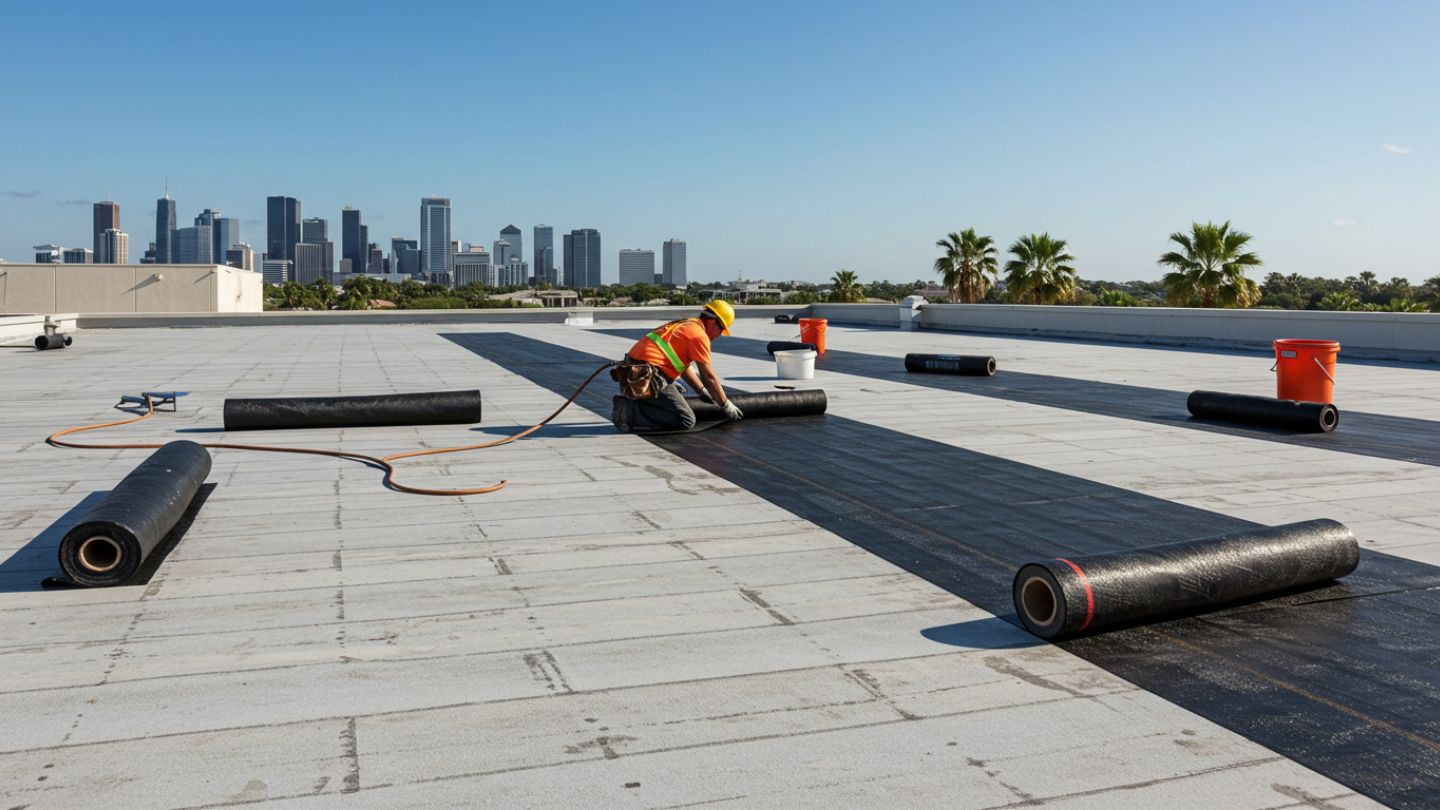
If you’re planning a roof replacement or repair this year, understanding the modified bitumen roofing cost is key to budgeting wisely. Prices in 2025 are being shaped by material availability, labor rates, and ongoing inflation, making it more important than ever to get clear, up-to-date information before making a decision.
This guide breaks down the numbers, compares options, and shows how to get the most value from your investment—whether you own a home, manage a commercial building, or oversee multiple properties.
Here’s what we’ll cover:
- What to Expect from This Cost Guide
- Average Modified Bitumen Roofing Cost in 2025
- Key Factors That Affect Your Roofing Cost
- Long-Term Value – Looking Beyond the Initial Price
- Cost Comparison – Modified Bitumen vs. Other Roofing Types
- Financing & Budget Planning for 2025 Roofing Projects
- Why Hiring a Certified Roofing Contractor Saves Money
- Conclusion – Your Next Steps for a 2025 Roofing Project
Let’s start by looking at the average cost to install modified bitumen roofing in 2025 and how those costs break down.
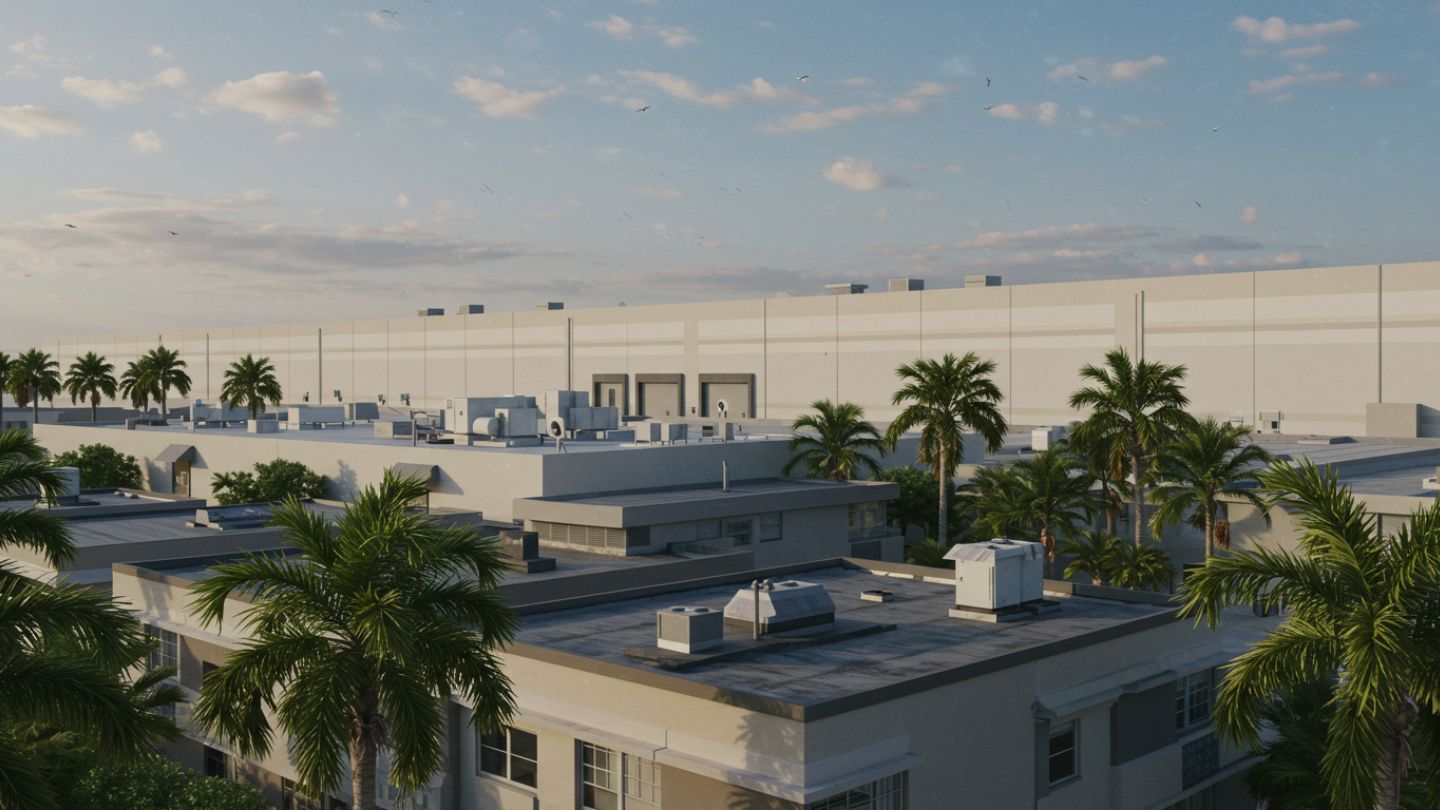
What to Expect from This Cost Guide
Modified bitumen roofing is a durable, weather-resistant system often used for flat roof types on both homes and commercial buildings. It combines asphalt with polymer modifiers—either APP (atactic polypropylene) or SBS (styrene-butadiene-styrene)—to improve flexibility, UV resistance, and lifespan. Because it performs well in hot, humid, and storm-prone regions, it’s a common choice across Florida and the 17 states RayPro Roofing & General Contracting serves.
In 2025, the modified bitumen roofing cost is influenced by more than just the price of materials. Inflation, fluctuating oil prices, ongoing supply chain challenges, and rising labor rates are all contributing to the increase in modified bitumen roof replacement cost in 2025.
For example, even a small 2–3% increase in raw material costs can translate into hundreds or even thousands of dollars on a full roof replacement—especially for larger commercial properties.
This guide is designed to give you a clear, no-nonsense look at what you can expect to pay this year, why those numbers look the way they do, and how to make smart budgeting decisions that balance upfront cost with long-term value. By the end, you’ll know the realistic price range for your project and the key factors that can help you control costs without sacrificing quality.
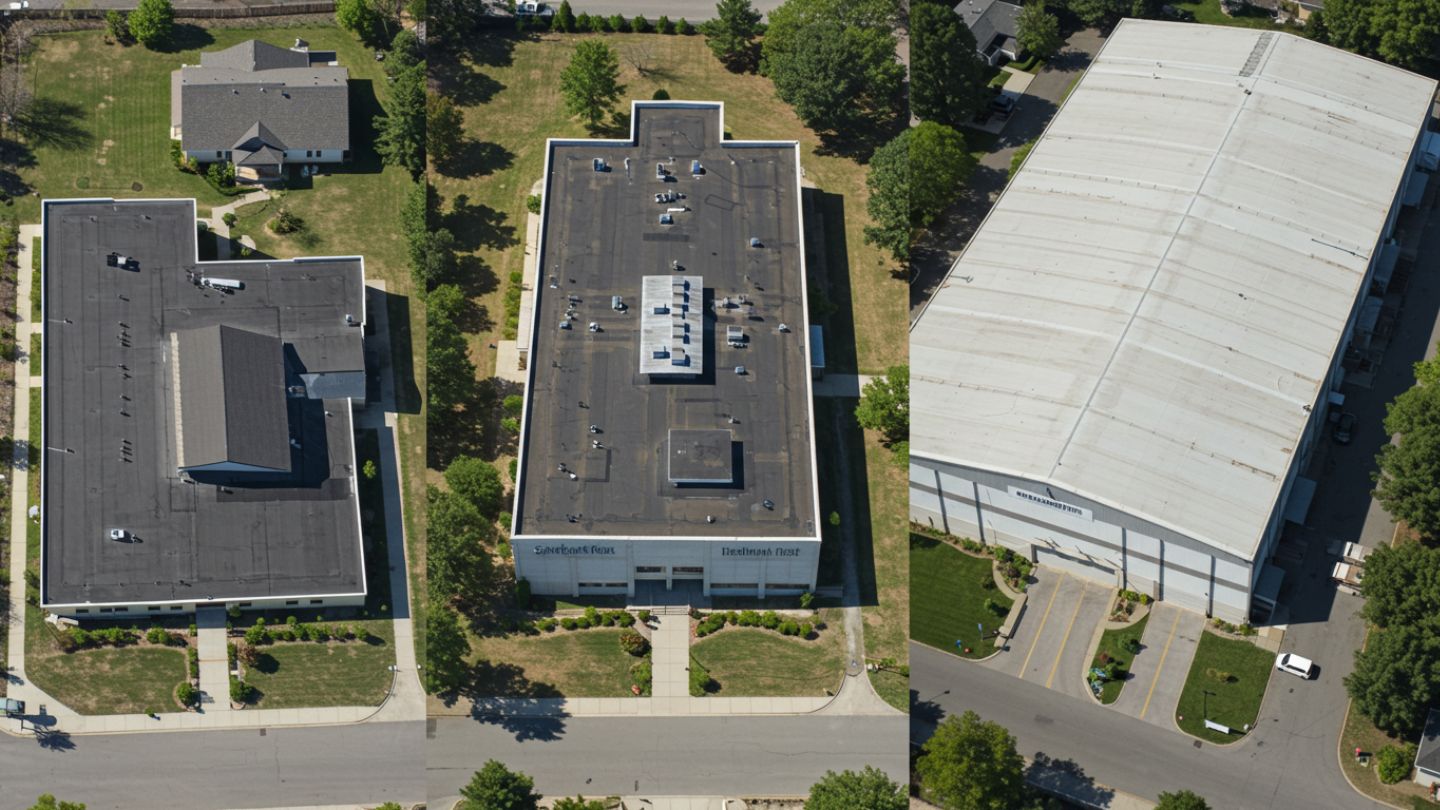
Average Modified Bitumen Roofing Cost in 2025
When budgeting for a new roof, the first thing most property owners want to know is the average cost of modified bitumen roofing in 2025. While prices can vary based on location, material choice, and project scope, you can generally expect:
- Residential projects: $4.50 – $7.50 per square foot installed
- Commercial projects: $5.50 – $9.00 per square foot installed
These ranges include both materials and labor, providing a clearer picture of the cost of modified bitumen roofing per square foot based on project details.
For a typical roof size, here’s how that breaks down:
| Project Type | Roof Size (sq. ft.) | Low-End Estimate | High-End Estimate |
| Small Residential | 1,200 | $5,400 | $9,000 |
| Medium Residential | 2,000 | $9,000 | $15,000 |
| Large Residential | 3,000 | $13,500 | $22,500 |
| Small Commercial | 5,000 | $27,500 | $45,000 |
| Medium Commercial | 10,000 | $55,000 | $90,000 |
| Large Commercial | 20,000+ | $110,000+ | $180,000+ |
APP vs. SBS Material Pricing
Modified bitumen comes in two main formulations:
- APP (atactic polypropylene): Typically $0.50–$1.00 less per square foot than SBS. Offers excellent UV resistance and works well in hot, sunny climates.
- SBS (styrene-butadiene-styrene): Slightly more expensive but offers better flexibility in cold weather, making it ideal for regions with seasonal temperature swings.
Over a large project, that per-square-foot difference can add up quickly—choosing between APP and SBS should be based on climate needs and long-term performance goals, not just initial cost.
For both options, it’s important to understand the foundation of the system. Learn more about what a roofing base sheet is and why it matters in multi-layered roof systems like modified bitumen.
Residential vs. Commercial Costs
The modified bitumen roof cost for commercial projects is often higher per square foot than residential roofing for several reasons:
- Scale and complexity: Large commercial roofs require more staging, specialized equipment, and coordination, which increases the commercial modified bitumen roofing cost estimate.
- Safety regulations: OSHA requirements for fall protection and jobsite safety add time and cost.
- Structural considerations: Commercial roofs may need additional roof insulation, roof drainage solutions, or load-bearing adjustments before installation.
In other words, while a home roof might be completed in a few days, a large commercial project can take weeks—impacting both labor hours and project management costs—and influencing the cost per square foot for roofing on large projects.
Key takeaway: Understanding your per-square-foot cost—and what drives it—will help you set a realistic budget and compare contractor quotes on equal footing.
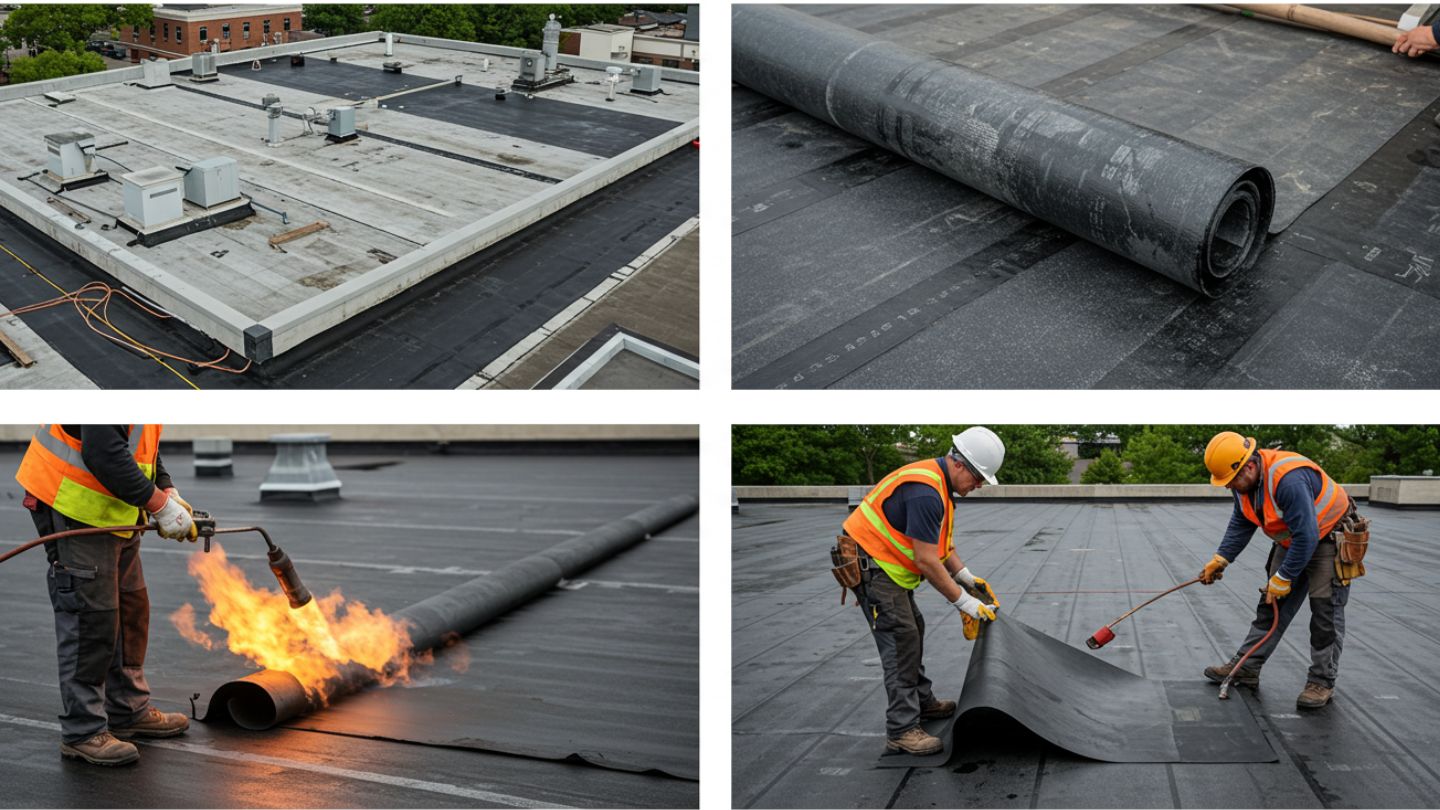
Key Factors That Affect Your Roofing Cost
While knowing the average modified bitumen roofing cost is helpful, the exact price for your project depends on several variables. Understanding these factors will help you make informed choices and avoid surprises when the estimate comes in.
1. Roof Size and Complexity
- Size: Roofing is priced per square foot, so larger roofs naturally cost more overall.
- Complexity: Simple, rectangular roofs are faster and cheaper to install than roofs with multiple levels, skylights, HVAC units, or irregular shapes.
2. Material Type and Thickness
- APP vs. SBS: APP (atactic polypropylene) membranes tend to cost less than SBS (styrene-butadiene-styrene), but SBS offers more flexibility in extreme temperatures.
- Thickness: Thicker membranes last longer and improve durability but increase material costs. For example, upgrading from a standard 2-ply to a heavier 3-ply system can add $0.50–$1.25 per square foot.
3. Installation Method
- Torch-Down Roofing: Often slightly cheaper on materials but requires skilled labor and strict safety protocols, which can add labor cost.
- Cold-Applied Systems: Usually higher material cost but faster to install and safer in environments where open flames are prohibited.
To better understand when to choose each application type, check out this guide on the differences between cold-applied and hot-applied roofing systems, including pros, cons, and best-use scenarios.
4. Tear-Off and Disposal Fees
If your existing roof must be removed before installation, expect added costs for labor and waste disposal. Tear-offs typically add $1.00–$2.50 per square foot, depending on the number of layers removed and the local landfill fees. This is common in roof refurbishment or replacement projects.
5. Labor Rates by Region
Labor is one of the largest cost components in roofing. In 2025, labor rates have risen due to a shortage of skilled tradespeople. In storm-prone states like Florida, wind damage repair demand can drive rates up.
- Florida Example: Higher-than-average rates due to hurricane recovery demand and licensing requirements.
- National Context: Rural areas may have lower labor rates, while major cities often cost more due to higher overhead and insurance requirements.
Key takeaway: Every roofing estimate is a combination of materials, labor, and project-specific conditions. By understanding the main cost drivers, you can ask better questions during the quoting process and find opportunities to optimize your budget without sacrificing quality.
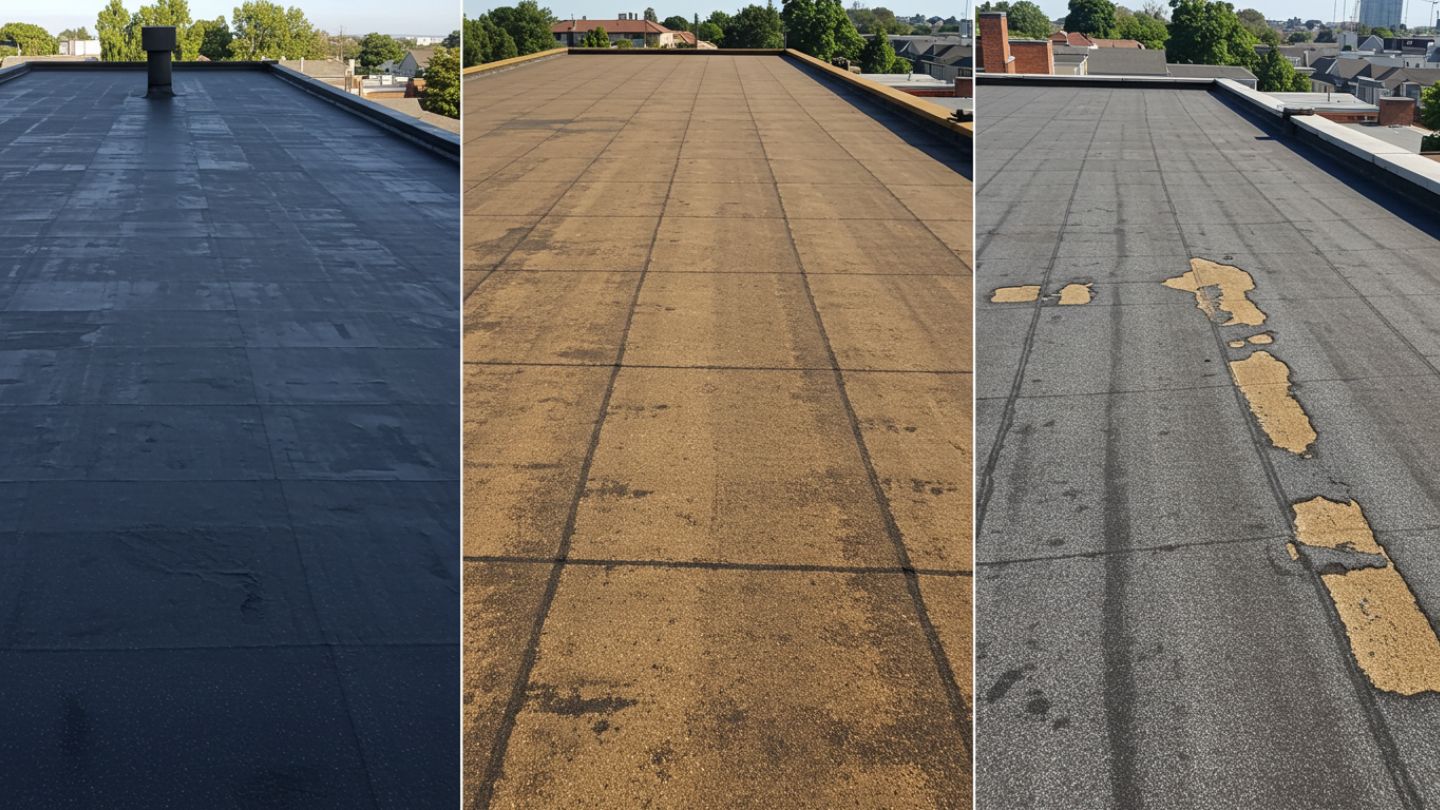
Long-Term Value – Looking Beyond the Initial Price
When evaluating the modified bitumen roofing cost, it’s easy to focus on the upfront price tag—but the real value of this system comes into view when you consider its performance over decades. A well-installed modified bitumen roof can last 20–25 years with proper maintenance, making it a smart long-term investment for both homeowners and commercial property managers.
Durability and Lifespan
Modified bitumen is engineered for resilience. The reinforced membrane resists punctures, handles thermal expansion, and stands up to heavy rain, high winds, and intense sunlight—especially when paired with regular roof inspections.
This makes it especially valuable in hurricane-prone regions like Florida, where cheaper roofing systems may require replacement much sooner. Over a 25-year period, fewer repairs and replacements mean significant cost savings compared to lower-grade alternatives.
Energy Efficiency and Potential Savings
Modern APP and SBS membranes are available in reflective “cool roof” finishes that can reduce heat absorption, lowering cooling costs during hot months. In commercial buildings, this can mean thousands in annual energy savings, while homeowners may see monthly utility bills drop—especially in southern climates.
Over the lifespan of the roof, these energy savings can offset a portion of the initial installation cost.
Maintenance Costs Over Time
Routine upkeep—like checking seams, roof flashing, and drainage—keeps costs low and lifespan high:
- Annual inspections to check seams, flashings, and drainage.
- Minor repairs such as patching small blisters or cracks.
- Surface treatments every 8–10 years to extend waterproofing.
These upkeep costs are generally low compared to other flat roofing materials, averaging $0.15–$0.25 per square foot annually. Keeping up with maintenance not only preserves the roof’s lifespan but also protects warranty coverage.
Key takeaway: While you may invest slightly more upfront for a high-quality modified bitumen system, its durability, energy efficiency, and low maintenance needs make it a cost-effective choice over the long run. In many cases, the total life cycle cost is lower than cheaper roofing options that require more frequent replacement or repairs.
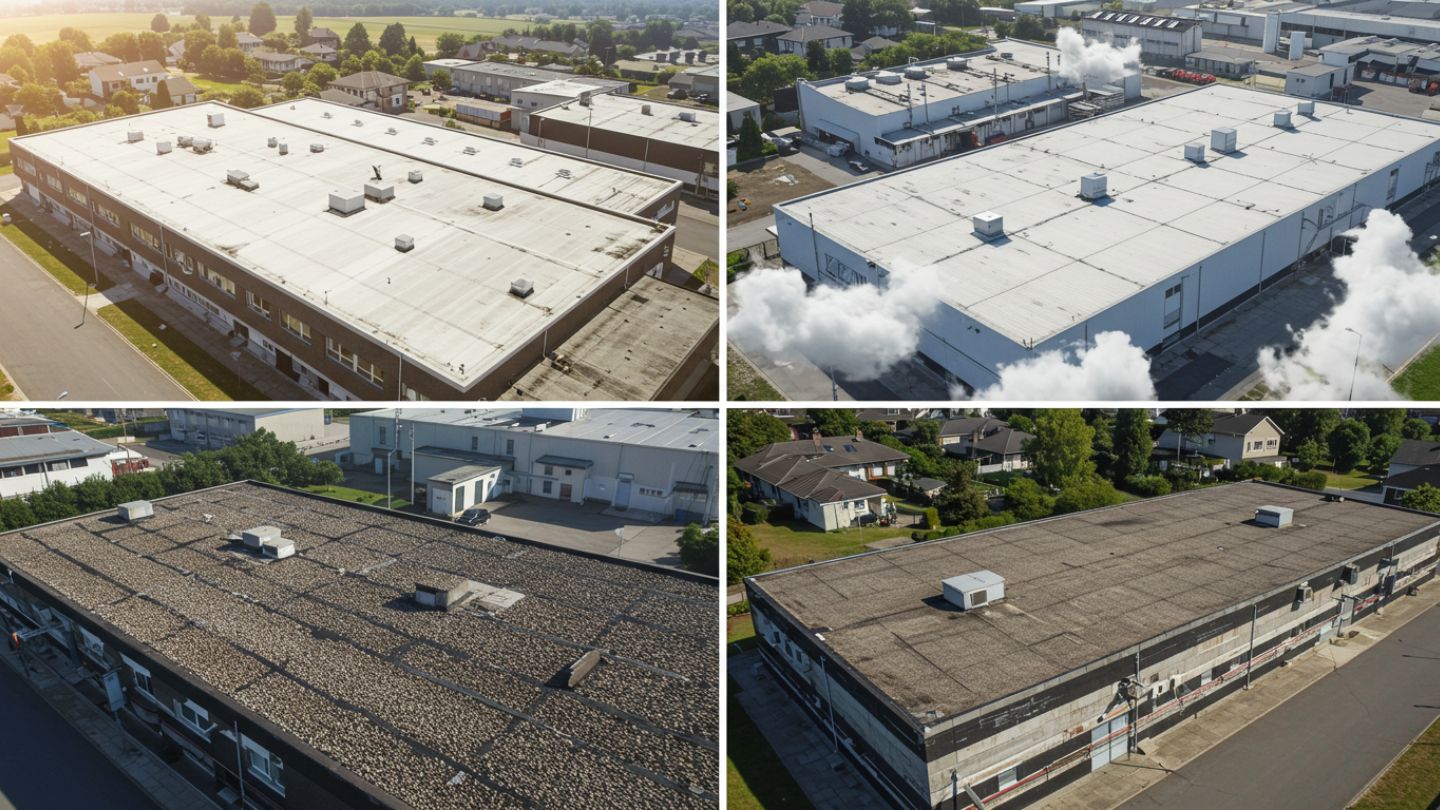
Cost Comparison – Modified Bitumen vs. Other Roofing Types
When comparing roofing types for flat or low-slope applications, consider not just price but also climate suitability, maintenance, and lifespan. Modified bitumen often outperforms in storm damage repair scenarios due to its layered durability.
Average Installed Cost per Square Foot (2025)
| Roofing Type | Cost per Sq. Ft. | Average Lifespan | Climate Suitability | Maintenance Needs |
| Modified Bitumen (APP/SBS) | $4.50 – $9.00 | 20–25 years | Excellent for hot, sunny, and storm-prone areas | Low |
| TPO (Thermoplastic Polyolefin) | $5.00 – $10.00 | 15–25 years | Good UV resistance; less impact-resistant | Low–Moderate |
| EPDM (Ethylene Propylene Diene Monomer) | $4.00 – $8.00 | 20–30 years | Best in cooler climates; can overheat in sun | Moderate |
| BUR (Built-Up Roofing) | $6.00 – $12.00 | 20–30 years | Durable, but heavier and labor-intensive | Moderate–High |
Key Considerations for Storm-Prone and Hot Climates
- Modified Bitumen: Stands out for heat resistance and flexibility, making it less prone to cracking under thermal expansion. Its multiple layers add durability in high-wind and hurricane zones.
- TPO: Offers good UV resistance but can be more prone to punctures in storm conditions.
- EPDM: Performs well in cold climates but may absorb heat in sunny regions unless paired with a reflective coating.
- BUR: Extremely durable but heavier, which may require structural reinforcement in older buildings.
Bottom line: For properties in Florida and other hot, humid, and storm-prone states, modified bitumen flat roof cost delivers one of the best balances of price and performance. While TPO or EPDM may be competitive in certain markets, they often require additional protective measures to match the storm resilience of modified bitumen.
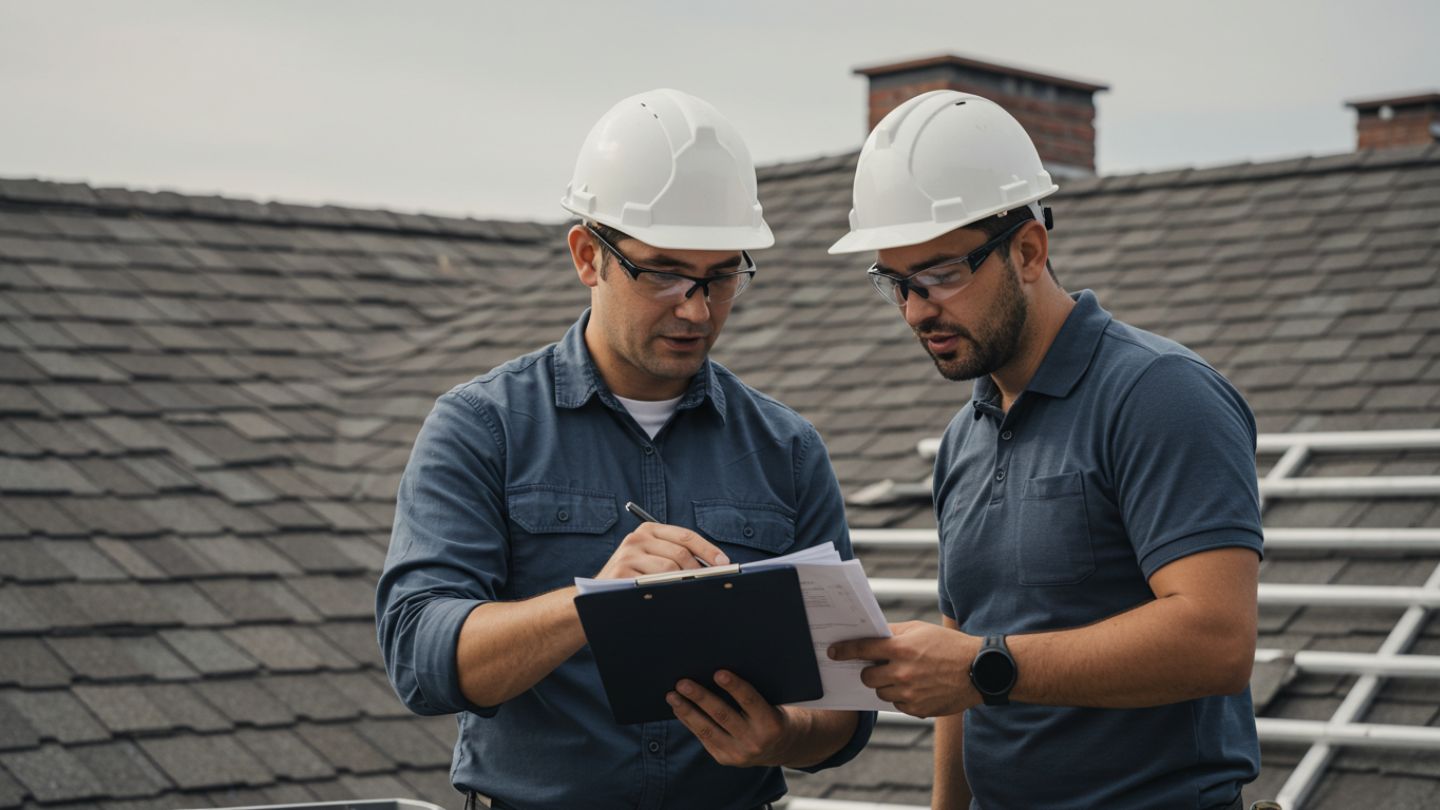
Financing & Budget Planning for 2025 Roofing Projects
A new roof is a significant investment, and for many property owners, the modified bitumen roofing cost can feel daunting without a clear financial plan. The good news is that there are multiple ways to make the project more manageable—without cutting corners on quality.
Financing Options
- RayPro Financing: Qualified customers can access financing for up to $250,000, allowing both homeowners and commercial property managers to spread payments over time.
- Home Equity Loans or Lines of Credit (HELOC): Often offer lower interest rates but require using your property as collateral.
- Personal Loans: Good for smaller residential projects; funding is typically fast but rates can vary.
- PACE (Property Assessed Clean Energy) Programs: Available in certain areas for energy-efficient roofing upgrades, allowing repayment through property tax bills.
Budget Tips for Homeowners and Commercial Managers
- Get Multiple Quotes: Compare not just price but also scope, warranties, and contractor qualifications.
- Plan for Extras: Set aside 10–15% of your budget for unexpected costs like structural repairs or additional insulation.
- Consider Life Cycle Costs: Spending slightly more upfront for higher-quality materials can save thousands in repairs and energy bills over 20–25 years.
- Leverage Seasonal Pricing: In some regions, scheduling work in slower seasons can lead to better rates and faster project starts.
- Factor in Maintenance: Even low-maintenance roofs benefit from annual inspections—budget for these to extend lifespan and protect warranties.
Key takeaway: With the right financing strategy and a realistic budget, you can invest in a high-quality modified bitumen roofing system without straining cash flow. Partnering with an experienced contractor like RayPro ensures you get accurate estimates, flexible payment options, and a roof that delivers long-term value.
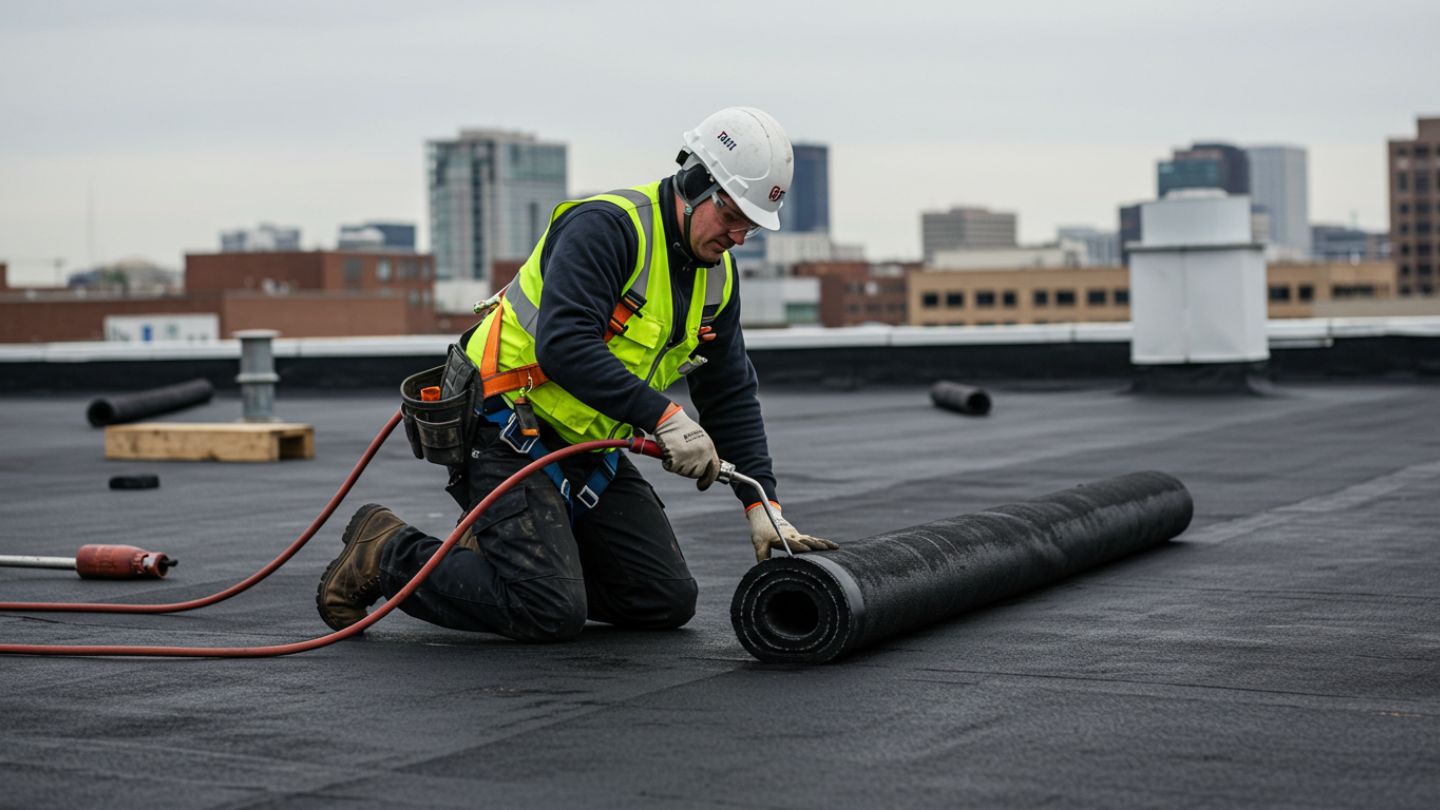
Why Hiring a Certified Roofing Contractor Saves Money
It’s tempting to focus solely on finding the lowest bid, but when it comes to modified bitumen roofing, cutting corners on contractor qualifications can cost far more in the long run. A certified, experienced roofing professional doesn’t just install the roof—they help protect your investment for decades.
Expertise That Reduces Long-Term Repair Costs
Certified contractors follow manufacturer specifications and best practices, which ensures the membrane, seams, and flashings are installed correctly the first time. Improper installation is one of the leading causes of premature roof failure—leading to costly repairs or even full replacements years ahead of schedule. Skilled crews also identify and address underlying structural issues during installation, preventing expensive surprises down the road.
The Importance of Licensing, Insurance, and Warranties
- Licensing: Guarantees the contractor meets state and local requirements, including building codes and safety regulations.
- Insurance: Protects you from liability in case of accidents or property damage during the project.
- Warranties: Certified contractors can offer stronger manufacturer warranties—often covering materials for 20–25 years and workmanship for up to 10 years. These warranties are typically voided if an unqualified installer does the work.
RayPro’s Proven Experience
With over 17 years of hands-on experience and projects completed across 17 states, RayPro brings a track record of reliability and craftsmanship. Our certified crews are trained in both APP and SBS modified bitumen systems, ensuring performance that meets or exceeds industry standards.
We combine transparent, upfront pricing with full-service project management—so your roofing project is completed on time, on budget, and built to last.
Key takeaway: Hiring a certified, well-established contractor may cost slightly more upfront, but the savings in avoided repairs, extended roof life, and stronger warranty coverage make it one of the smartest financial decisions you can make for your property.
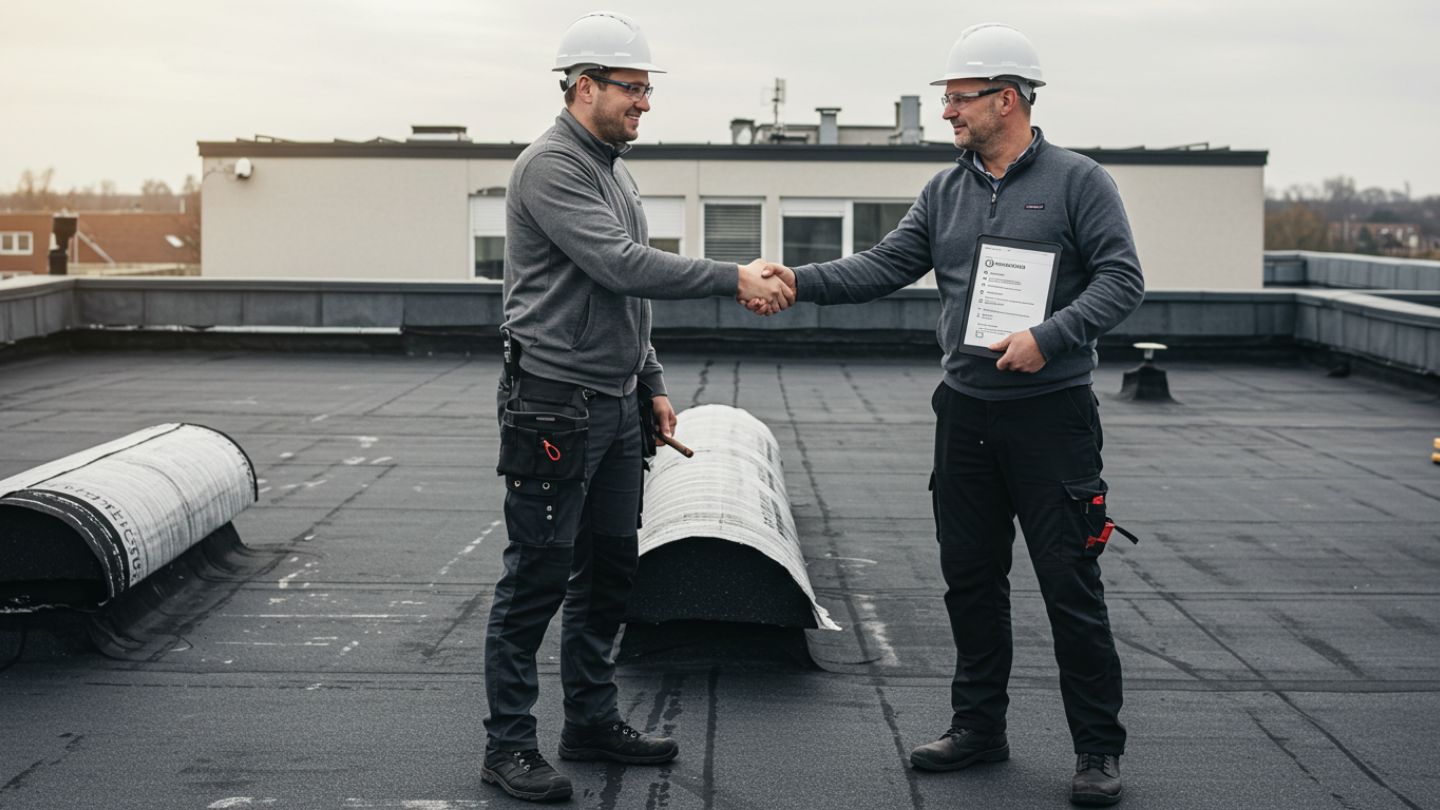
Conclusion – Your Next Steps for a 2025 Roofing Project
Replacing or installing a modified bitumen roof in 2025 is an investment that pays off when done right. On average, you can expect to spend $4.50–$9.00 per square foot depending on whether it’s a residential or commercial project, the material type (APP vs. SBS), and factors like installation method, roof complexity, and regional labor rates.
While the upfront cost may seem significant, recognizing signs you need a new roof before major damage occurs can help you time your upgrade for maximum ROI.
A quality installation by a certified contractor ensures your roof performs at its best for 20–25 years, protects your property from costly weather damage, and maintains warranty coverage.
Choosing the lowest bid without verifying credentials often leads to higher repair costs down the road, while working with an experienced provider like RayPro gives you peace of mind, transparent pricing, and proven craftsmanship.
If you’re ready to get a free, no-obligation estimate, contact us today. We’ll assess your property, recommend the right system, and give you a detailed plan—so your investment lasts for decades.
Frequently Asked Question
In 2025, most property owners can expect to pay between $4.50 and $9.00 per square foot installed. Residential projects typically fall on the lower end of that range, while large or complex commercial roofs may be higher due to scale, safety requirements, and additional system components.
Modified bitumen is generally comparable in cost to TPO and slightly more expensive than EPDM, depending on the project size and specifications. However, in hot, storm-prone climates like Florida, modified bitumen often delivers better long-term performance, making it a stronger overall value despite similar or slightly higher upfront costs.
With professional installation and regular maintenance, a modified bitumen roof can last 20–25 years. Longevity depends on factors such as membrane thickness, installation quality, and climate conditions.
For most projects, torch-down installation is slightly less expensive upfront, but it requires skilled labor and strict safety protocols. Cold-applied systems may cost more in materials but can save time and reduce safety risks, which is especially valuable in certain commercial environments. The most cost-effective method often depends on your building type, location, and safety requirements.
No—modified bitumen is considered a low-maintenance roofing system. Annual inspections, minor patch repairs, and occasional surface treatments are usually enough to keep the roof in top condition. These small maintenance costs help extend lifespan and protect warranty coverage.
